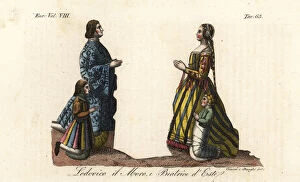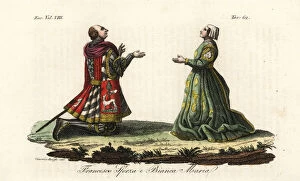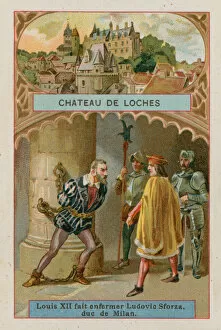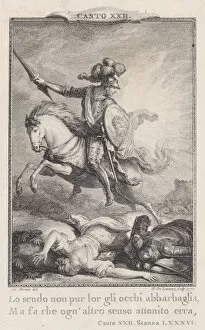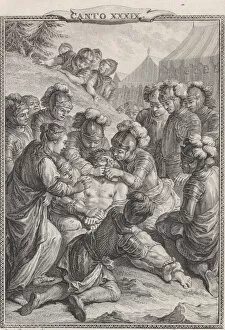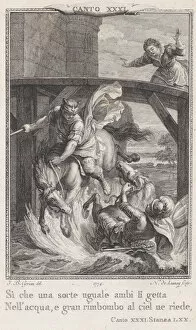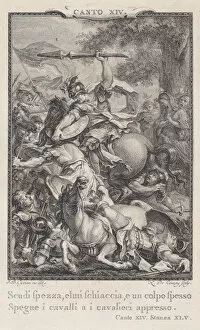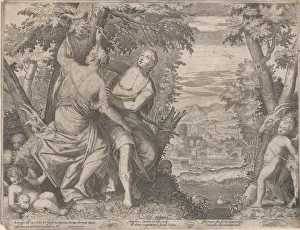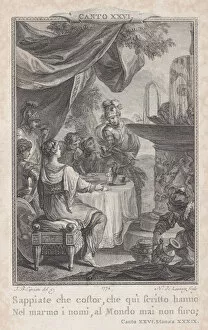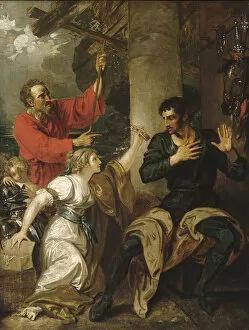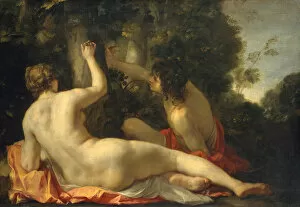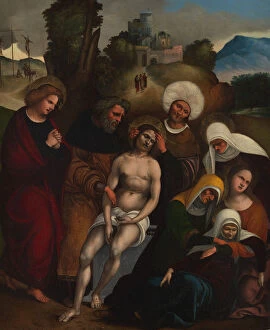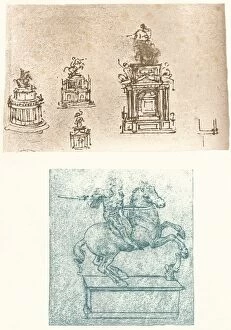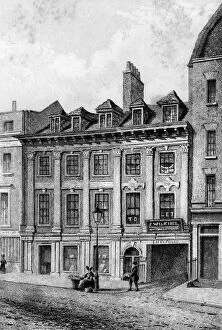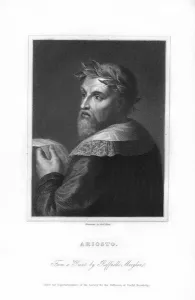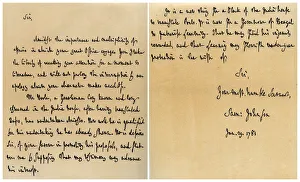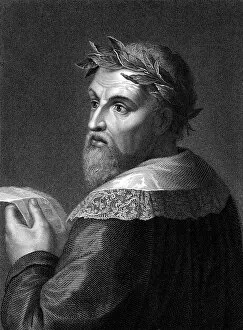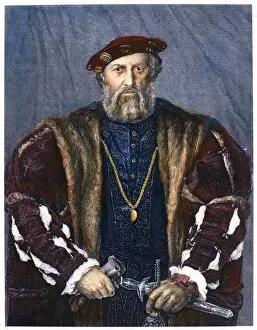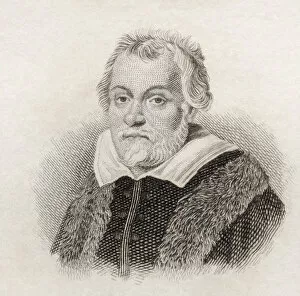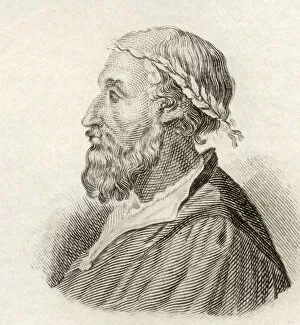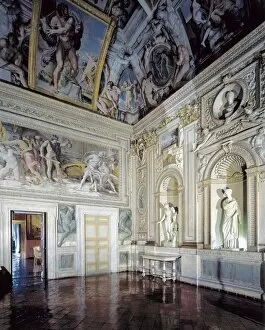Ludovico Collection
"Ludovico: A Renaissance Figure of Influence and Artistic Patronage" Ludovico, a name that resonates throughout the annals of history, conjures images of power
All Professionally Made to Order for Quick Shipping
"Ludovico: A Renaissance Figure of Influence and Artistic Patronage" Ludovico, a name that resonates throughout the annals of history, conjures images of power, creativity, and cultural significance. From the captivating brushstrokes in Leonardo da Vinci's masterpieces like "Portrait of Cecilia Gallerani" and "Lady with an Ermine, " to the poetic verses penned by Ludovico Ariosto in his renowned work "Orlando Furioso, " this name encompasses a multitude of talents. One cannot discuss Ludovico without mentioning Ludovico Visconti, whose reign as Duke of Milan left an indelible mark on Italian politics and art. His patronage nurtured artistic brilliance, exemplified by the stunning "Coronation il Moro" miniature painting from the 15th century. The union between Ludovico Sforza and Beatrice d'Este further solidified their influence as patrons during this golden era. The legacy continues with figures like Francesco Sforza and Bianca Maria who contributed to shaping Italy's rich cultural heritage. Even architectural wonders such as Chateau de Loches bear witness to their grandeur through vibrant chromolithographs. Intriguingly, putti adorned with butterfly wings support dedicatory plaques associated with these illustrious individuals – a symbol perhaps representing their ethereal impact on society. This symbolism is further emphasized in Galileo Gallery's black-and-white photograph capturing Leonardo da Vinci alongside Lodovico Sforza; two visionaries united in pursuit of knowledge and innovation. Ludovico Nitoglia may not share the same historical prominence as others bearing his name but has made significant contributions within his own realm. As an athlete or artist transcending boundaries through sports or creative expression respectively – he embodies perseverance and passion. Thus, whether it be through visual arts, literature, political prowess or athletic endeavors.




